Support strong Canadian climate journalism for 2025
In a landmark decision, the Supreme Court of Canada found Canada and Ontario made a “mockery” of a treaty promise made in 1850 to the Anishinaabe of the Great Lakes, and must pay significant compensation to the nations.
The Robinson-Huron Treaty and Robinson-Superior Treaty, signed in 1850, spelled out an agreement between the colonial government of the day and Indigenous nations along Lake Huron and Lake Superior. It gave settler governments use of the land in exchange for annual payments in perpetuity — payments that were required to increase as the value of the land increased, representing an agreement to share the wealth.
But the payment was only increased once, in 1874, to $4 per person. It has been frozen ever since, even while billions of dollars of resources have been extracted from the territory as Crown governments granted mining licenses.
The Robinson-Huron and Robinson-Superior treaties are agreements between the First Nations along Lake Huron and Lake Superior, respectively. Lake Huron First Nations reached a historic $10 billion settlement last year, while Lake Superior First Nations have pressed ahead through the Supreme Court of Canada.
“For almost a century and a half, the Anishinaabe have been left with an empty shell of a treaty promise,” the Supreme Court of Canada found in the unanimous ruling released on Friday. While a decision that sets out the rights and obligations of the parties involved is helpful, the court said “given the longstanding and egregious nature of the Crown’s breach,” simply clarifying roles is not enough, and “will not help repair the treaty relationship or restore the Crown’s honour.”
The Crown must “increase the annuities with respect to the past,” the Supreme Court of Canada said — effectively requiring a retroactive payment.
The country’s highest court did not specify an amount to be paid, but instructed the Crown governments to negotiate a settlement within six months. If an agreement can’t be reached, it’s back to court. Notably, the court said the First Nations could request an extension to the six months, but said the Crown governments could not “given the long history of this litigation and the Crown’s dishonourable conduct.”
“For well over a century, the Crown has shown itself to be a patently unreliable and untrustworthy treaty partner in relation to the augmentation promise,” the court said. “It has lost the moral authority to simply say ‘trust us’.”
Though Huron Anishinaabe reached a settlement last year, (and therefore are not parties to the six-month negotiation period described in Friday’s ruling) the Huron Anishinaabe settlement deals only with historic compensation. Because the treaties are an agreement in perpetuity, both the Huron and Superior Anishinaabe are expected to benefit from increased annuity payments in the future.
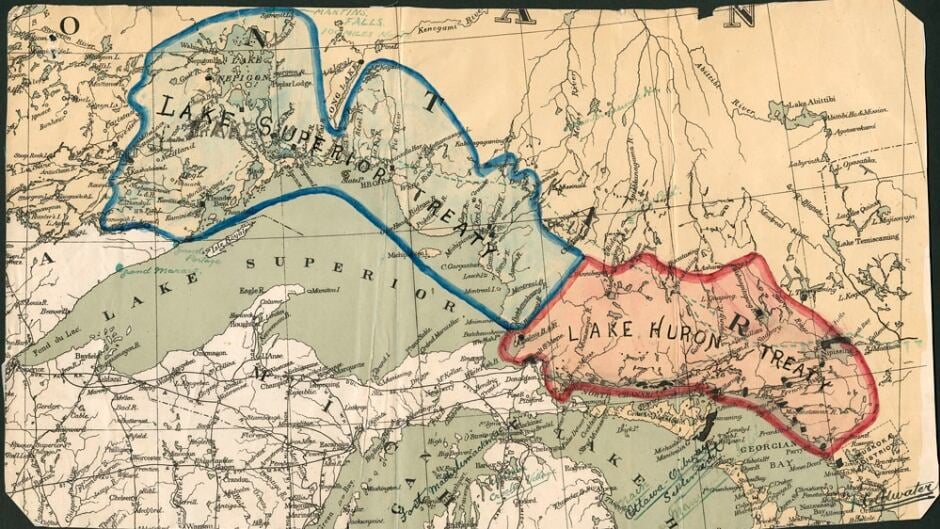
The potential compensation for Lake Superior Anishinaabe nations would reach into the billions of dollars. Canada has proposed “a couple billion,” while the Superior plaintiffs have claimed $126 billion is owed from Canada and Ontario, said Harley Schachter of Winnipeg law firm Duboff Edwards Schachter Law Corporation, which represented the Anishinaabe Red Rock First Nation and Whitesand First Nation on the shores of Lake Superior.
Schachter said the settlement agreement will likely be somewhere between the two figures, but stopped short of pegging a precise amount.
“We have never been unreasonable, but sharing means sharing, not stealing,” he told Canada’s National Observer.
“My clients believe they are owed more than $10 billion, and maybe the Hurons are owed more than $10 billion as well.”
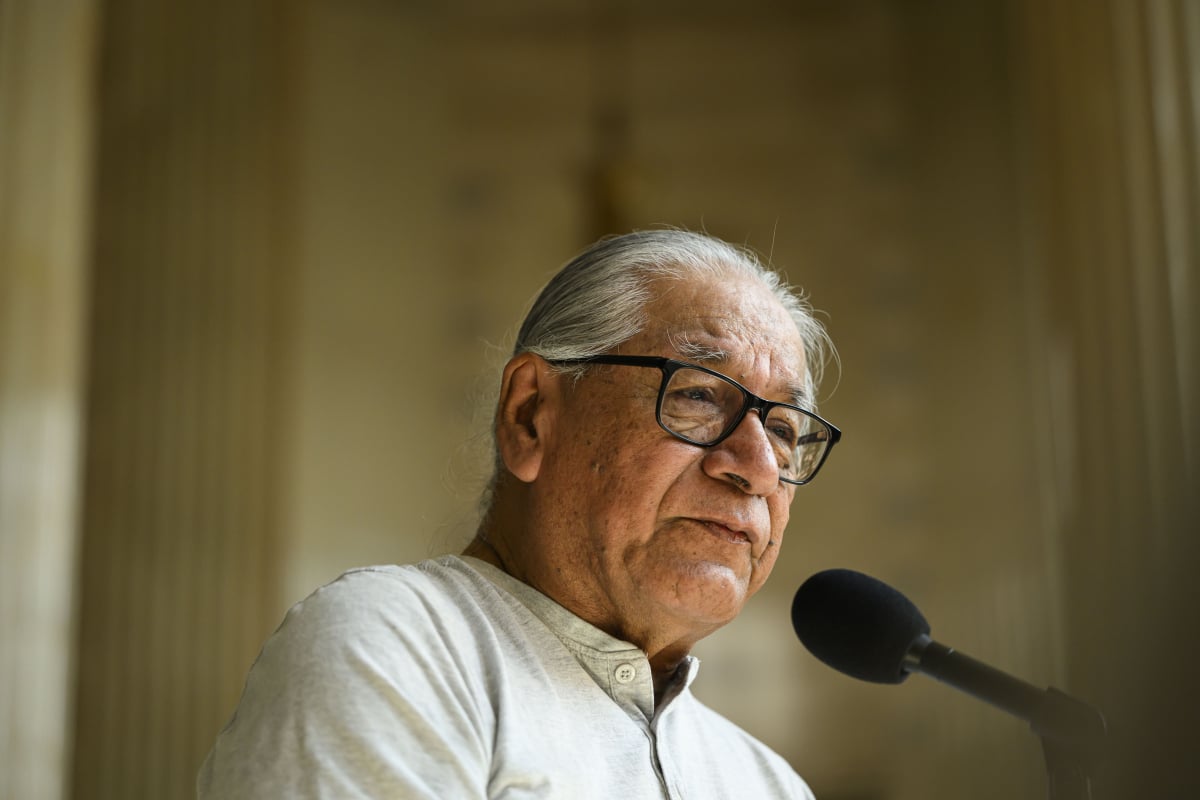
Whitesand First Nation Chief Lawrence Wanakamik, who at times was tearful speaking to reporters, said the court’s decision was a long time coming.
“We have suffered all those years with no economic benefits to our community,” he said. The decision means “we'll have a better community from this point on.”
Wanakamik told Canada’s National Observer the ruling means the nation can start to make a “decent living on our land,” and would benefit other non-Indigenous people in the area too.
“We like to share… it’s not only for us, but for everybody in the area,” he said.
Once a settlement is reached, a top priority for the nation is to build a hospital, along with other crucial infrastructure.
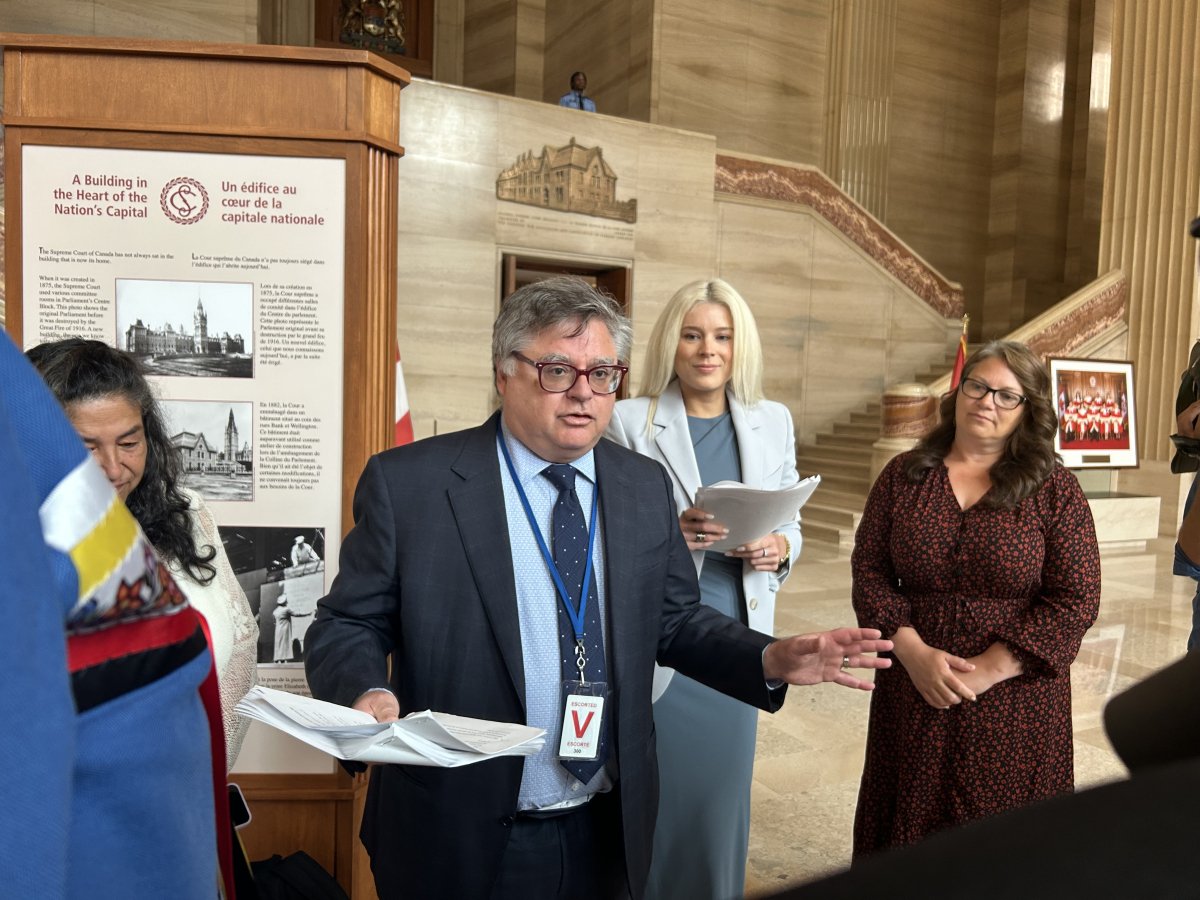
In an interview, Schachter emphasized that a hospital built on First Nations land doesn’t mean only Indigenous people can use it. “If we build a health care centre it's good for everyone within the area where the First Nation is governing.”
“There's no reason to fear First Nations governments,” he said. “It should be embraced and they should be given the financial wherewithal to do their job as a partner in Confederation.”
Treaty rights are a foundational part of the Canadian constitution and it’s vital that more Canadians recognize that nation-to-nation relationships are baked into the fabric of the country, Schachter said. First Nations governments have a significant role to play managing the country.
Crown governments “do not have the moral or legal authority to dictate to nations what to do,” he said. “It's a partnership. And the sooner that we move to a world where this third order of government — First Nations government — helps govern a prosperous Canada, the better.”
Sacred fire
The 1850 Robinson Huron and Robinson Superior treaties built on the relationship between British settlers and the Anishinaabe of the Great Lakes stretching back to the 1600s, the Supreme Court of Canada noted. English negotiators of the treaty participated in ceremonies “typical of Great Lakes diplomacy,” indicating the Crown officials “had at least a functional understanding of Anishinaabe law, diplomacy, and language.”
One of the primary ways diplomatic ties were maintained over centuries was through annual gift-giving around sacred council fires. The Robinson treaties were agreed to while the parties gathered around a council fire at Bawaating (Sault Ste. Marie).
In 2017 a sacred fire was lit that still burns today, Wanakamik said, in a nod to the ongoing nation-to-nation relationship.
“We pray for our people [and] we pray for our legal team to make that fire burn better and hotter, and today it got real hot,” he said.
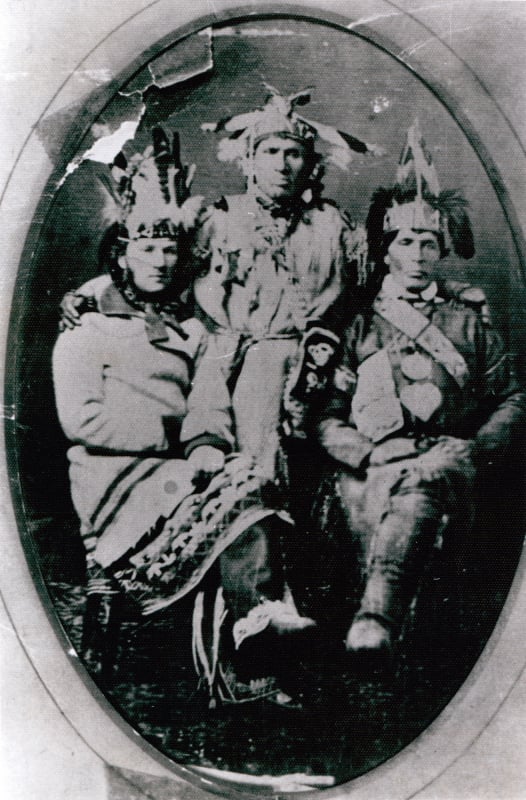
Schachter said his clients decided to have a sacred council fire burn throughout the court process, “because the council fire traditionally is where the treaty partners would meet to discuss their differences and to work things out.”
“We did that purposefully as part of the court case to invite all sides before court to sit down and to… work things out,” he said. “We wanted to foster that reconciliation, and that spirit of cooperation and honour and respect and responsibility for each other at that fire.
“And we hope that that continues, but we need willing partners.”

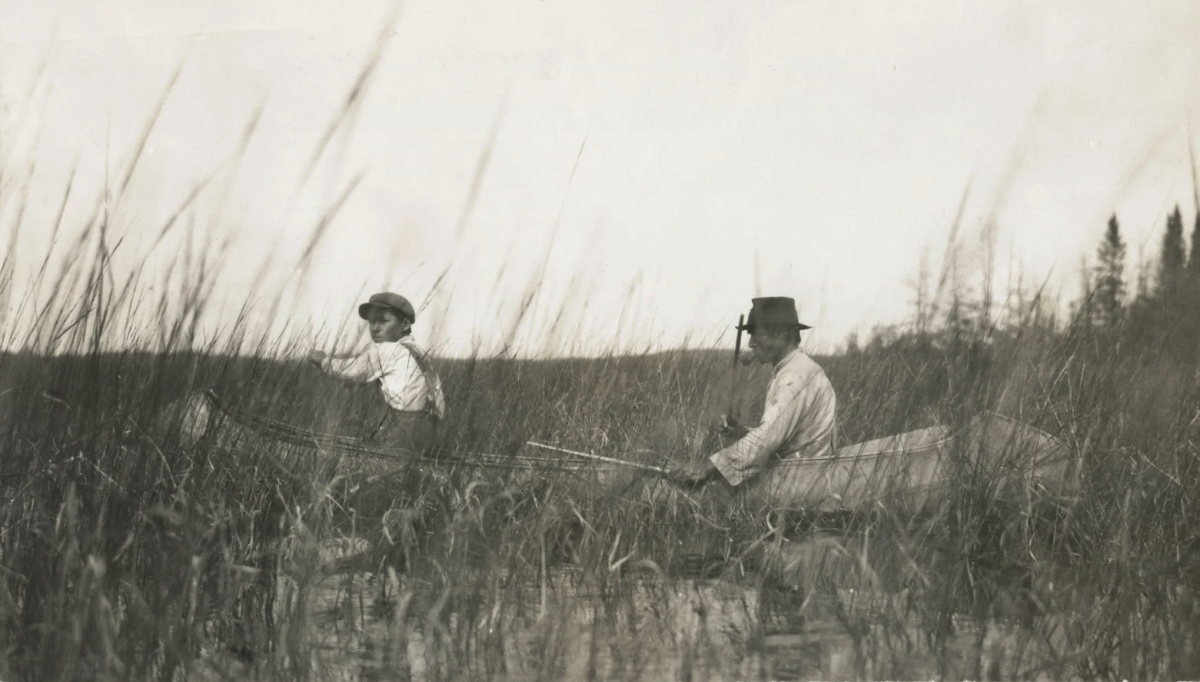




Comments
"Canada has proposed “a couple billion,” while the Superior plaintiffs have claimed $126 billion is owed from Canada and Ontario, said Harley Schachter of Winnipeg law firm Duboff Edwards Schachter Law Corporation..."
I've got to chuckle at the attitude of the federal gov't, of whatever stripe. That's OUR gov't and it never appears to evolve in its dealings with the First Nations. Even when it is dragged into court kicking and screaming, which is always, and regularly losing, Maybe this ruling will have average Canadians stand up and take notice. Maybe the feds will, in a fit of colonialist pique, attempt to appeal the decision to a UN court. That would lead well beyond a chuckle to an outright guffaw. "Canada is back"? That Canada never went away.
Too bad that the go'vts have been punting this for so long, because now, presumably, it is too late to account for this sharing of wealth when calculating rents on rich mineral properties like Hemlo, for example, which I think sits squarely under the eastern Superior Treay bump on the included map.
So, now we -- read younger Canadians still collecting salaries -- will have to pay the debt incurred by our/their forebears (such as, though not exclusively, we boomers). Will this realization change our behaviour going forward with respect to climate change and the ecological polycrisis? So far, we have been very content to do pretty much nothing, thus continuing the attitude of "let our children pay for it".
Wow, the chicken have come home to roost at last. Karma is vengeful and finally calling out the plunderers, exploiters and grifters, for the criminal abuse throughout the last one hundred and fifty years. Shame on you Canada and your colonial past that will continue to haunt you for your lies and deceptions even as you fight her in your colonial courts.
"Canada, the most affluent of countries, operates on a depletion economy which leaves destruction in its wake. Your people are driven by a terrible sense of deficiency. When the last tree is cut, the last fish is caught, and the last river is polluted; when to breathe the air is sickening, you will realize, too late, that wealth is not in bank accounts and that you can’t eat money"….Alanis Obomsawin
“Trust is earned, respect is given, and loyalty is demonstrated. Betrayal of any one of those is to lose all three.”— Ziad K. Abdelnour
Where was it written "BY THEIR WORKS SHALL YE KNOW THEM"? I believe it was in the Bible. Our own Margaret Lawrence up dated the saying, making it more accurate for modern day Canada.
In her book THE DIVINERS, the town garbage collector was given the honour of telling the whole truth about us. He said, and I quote "By their Christ Almighty garbage shall ye know them."
Our private industrial corporations have turned large parts of this country into sacrifice zones, for the almighty dollar.........and cheating the actual owners of that land is part and parcel of their methods of operations.
Proud that the courts came out and said so......but it won't change anything. "We are so far stepped in in blood", like poor Macbeth, that its far too tedious to change now. Our federal government, JT or PP led...will do its best to hold on to the stolen money.
And shame on the lot of us.........most Canadians want it that way.
174 years to achieve justice. And that is long before reconciliation has been fulfilled.
The First Nations lawyer made a powerful statement about moving forward in this country. That means full partnerships and complete participation with First Nations in building a better Canada and meeting the huge challenges ahead.
This decision effectively eliminates colonialism in the territories involved, and the irony is that it was made by a court that evolved from colonial law and Euro-centric social attitudes. The SCC has matured. Federal and provincial governments must now follow.